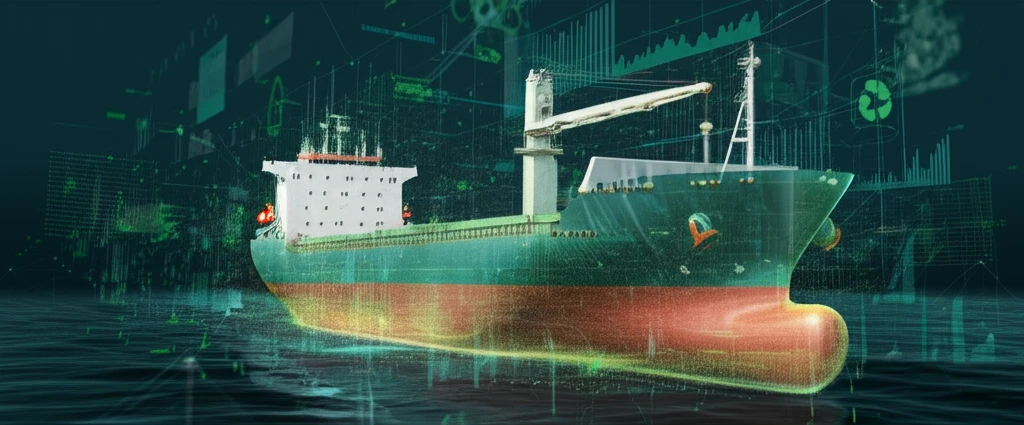
Future-Proofing Fleets: How Simulation and Reverse Engineering are Revolutionizing Vessel Retrofitting
"Discover how cutting-edge simulation tools and reverse engineering technologies are making vessel retrofitting more efficient, cost-effective, and environmentally sustainable."
The maritime industry is navigating a sea of change. Faced with increasingly stringent environmental regulations and the relentless pursuit of operational efficiency, ship owners are compelled to modernize their existing fleets. This process, known as retrofitting, involves upgrading vessel components and systems to incorporate the latest technologies and meet evolving standards. However, retrofitting can be a complex and costly undertaking, demanding meticulous planning and execution.
Traditionally, retrofitting projects have been plagued by uncertainties stemming from incomplete or outdated vessel documentation. Older ships often lack accurate CAD models or detailed schematics, making it difficult to plan modifications and ensure seamless integration of new components. This lack of information can lead to delays, cost overruns, and potentially compromise the performance of the retrofitted vessel.
Fortunately, innovative technologies are emerging to address these challenges. Simulation tools and reverse engineering techniques are revolutionizing the retrofitting process, enabling shipyards and owners to plan and execute upgrades with greater precision, efficiency, and confidence. These technologies offer the ability to create accurate digital representations of existing vessels, simulate the performance of new systems, and optimize retrofitting plans for maximum impact.
Simulation and Reverse Engineering: A Powerful Partnership for Retrofitting

The convergence of simulation and reverse engineering is transforming the way retrofitting projects are approached. Reverse engineering provides the means to capture the precise geometry and dimensions of existing vessel structures, while simulation tools allow engineers to model and analyze the performance of proposed modifications. This integrated approach enables a more data-driven and informed decision-making process, minimizing risks and maximizing the benefits of retrofitting.
- Accurate 3D Modeling: Creates detailed digital twins of existing vessel structures, even when original documentation is lacking.
- Dimensional Verification: Allows for precise comparison of as-built dimensions with design specifications, identifying potential discrepancies or deviations.
- Faster Turnaround: Reduces the time required for measurement and documentation compared to traditional manual methods.
The Future of Retrofitting: Smart, Sustainable, and Efficient
As the maritime industry continues to evolve, the integration of simulation and reverse engineering will become increasingly crucial for efficient and sustainable vessel retrofitting. By embracing these technologies, ship owners can future-proof their fleets, meet evolving environmental regulations, and optimize vessel performance for years to come. The path forward involves leveraging data-driven insights, embracing digital solutions, and fostering collaboration between shipyards, technology providers, and regulatory bodies.
